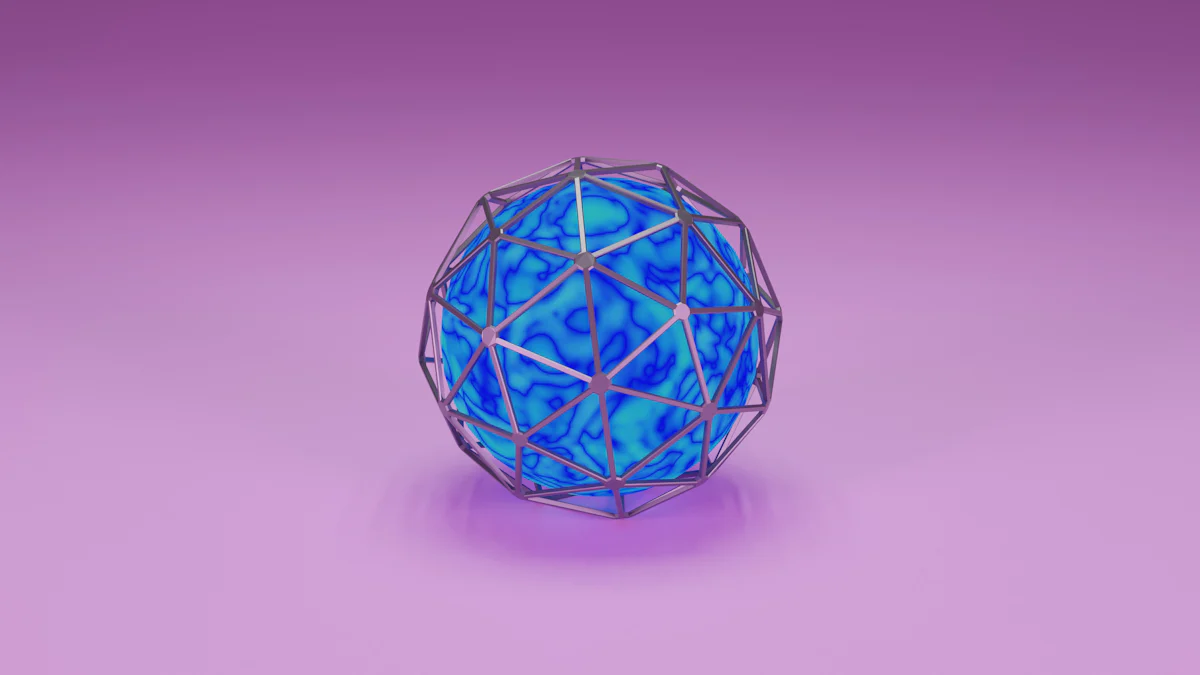How to Select the Perfect Diamond Color for Your Needs

Choosing the right diamond color can feel overwhelming. Diamond color plays a crucial role in jewelry selection. Many people prefer natural diamonds for their symbolic value. A D color diamond stands as the highest grade, but most shoppers opt for G to J range diamonds. These offer a balance of quality and value. Understanding what is the best color for a diamond helps you make informed decisions. This guide aims to simplify the process and guide you toward the perfect choice.
Understanding Diamond Color

Definition of Diamond Color
Explanation of Color Grading
Color grading in diamonds plays a big role in determining value. Experts grade diamonds on a scale from D to Z. A D color diamond is completely colorless. Z color diamonds show noticeable color. The absence of color means higher quality. You might wonder why color matters so much. Color affects how light reflects through the diamond. More colorless diamonds reflect light better, creating more sparkle.
Importance of Color in Diamond Value
Color significantly impacts a diamond's value. Diamonds in the D-F range are rare and highly sought after. These diamonds fetch higher prices due to their rarity and brilliance. Many buyers prefer these grades for their exceptional appearance. However, diamonds in the G-J range offer great value. These diamonds appear nearly colorless to most people. You can find a balance between beauty and budget with these options.
Diamond Color Grading Scales
Overview of GIA Color Scale
The GIA color scale is the most recognized system. This scale ranges from D (colorless) to Z (light color). Each grade represents a specific level of color presence. The GIA uses precise methods to evaluate color. This ensures consistency and accuracy. Many jewelers rely on this scale for grading.
Other Grading Systems
Other grading systems exist, but the GIA scale remains the standard. Some systems use different letters or numbers. These systems often align closely with the GIA scale. Understanding these variations helps in comparing diamonds. Always ask your jeweler about the grading system used. This knowledge ensures you make an informed choice.
What is the Best Color for a Diamond?

Personal Preferences
Matching with Skin Tone
Choosing a diamond color involves considering your skin tone. A diamond that complements your skin can enhance your overall look. People with cooler undertones often prefer diamonds in the D to F range. These diamonds have a colorless appearance that pairs well with cool metals like white gold or platinum. Warmer skin tones might find G to J color diamonds appealing. These diamonds blend beautifully with yellow or rose gold settings.
Style and Fashion Considerations
Your personal style plays a big role in selecting a diamond color. Classic styles often lean towards colorless diamonds. These diamonds offer timeless elegance. Fashion-forward individuals might explore diamonds with slight color. These diamonds can add a unique touch to modern designs. Think about your wardrobe and lifestyle. The right diamond color will reflect your personality and taste.
Budget Considerations
Cost Implications of Different Colors
Understanding the cost implications helps in choosing what is the best color for a diamond. D color diamonds are stunning but come with a high price tag. G color diamonds offer similar beauty at a lower cost. You can save up to 30% by opting for a G color diamond. This choice provides a balance of quality and affordability.
Balancing Color with Other Diamond Qualities
Balancing color with other qualities ensures you get the best value. Consider the cut, clarity, and carat weight. A well-cut diamond with a slightly lower color grade can still sparkle brilliantly. Many shoppers find that focusing on cut enhances the overall appearance. This approach allows you to prioritize what matters most to you.
Setting Styles
How Setting Affects Color Perception
The setting style can change how you perceive a diamond's color. Cooler metals like platinum enhance the colorless effect of higher-grade diamonds. Warmer metals like gold can complement diamonds with slight color. The setting acts as a frame, influencing the diamond's visual impact. Choose a setting that aligns with your desired look.
Popular Settings for Different Colors
Different settings suit various diamond colors. Solitaire settings highlight the diamond's color and brilliance. Halo settings can make a lower color grade diamond appear more vibrant. Vintage settings often pair well with warmer color grades. Explore different styles to see what resonates with you. The right setting will showcase your diamond beautifully.
Expert Insights and FAQs
Expert Opinions on Diamond Color
Common Recommendations
Experts emphasize the importance of understanding diamond color. The Gemological Institute of America (GIA) states that knowing the color helps you make informed choices. Many experts recommend diamonds in the D to F range for those seeking a classic look. These colorless diamonds offer timeless elegance. For a more budget-friendly option, consider G to J colors. These provide great value while maintaining a beautiful appearance.
Trends in Diamond Color Preferences
Current trends show a growing interest in diamonds with a hint of color. Many people now prefer diamonds with slight hues for their unique charm. Colored diamonds like pink or yellow are gaining popularity. These diamonds add a distinctive touch to any piece of jewelry. Exploring different color options can lead you to a diamond that truly resonates with your style.
Frequently Asked Questions
How to Choose Between Similar Colors
Choosing between similar diamond colors can feel tricky. Focus on the setting and metal type. A platinum setting enhances a colorless diamond's brilliance. Gold settings complement warmer tones. Consider how the diamond looks in various lighting conditions. Viewing diamonds under natural light can reveal subtle differences.
Tips for Viewing Diamond Color in Different Lighting
Lighting plays a big role in perceiving diamond color. Examine diamonds in both natural and artificial light. Natural sunlight shows the diamond's true color. Store lighting may enhance or mask certain hues. Ask to view the diamond outside the store. This helps ensure you see the genuine color before making a decision.
Choosing the perfect diamond color involves understanding key factors. Consider personal preferences and budget to make an informed decision. The importance of color in diamonds cannot be overstated. Color affects both value and appearance. Personal style and skin tone play a role in this choice. A well-chosen diamond color can turn your jewelry into a dream piece. Remember, the right diamond reflects your unique taste and needs. Take time to explore options and find a color that resonates with you. Enjoy the journey of selecting a diamond that truly shines.
See Also
Choosing the Ideal Diamond and Ruby Ring
Selecting the Ideal Women's Diamond Ring
Step-by-Step Process for Selecting a White Diamond Ring

